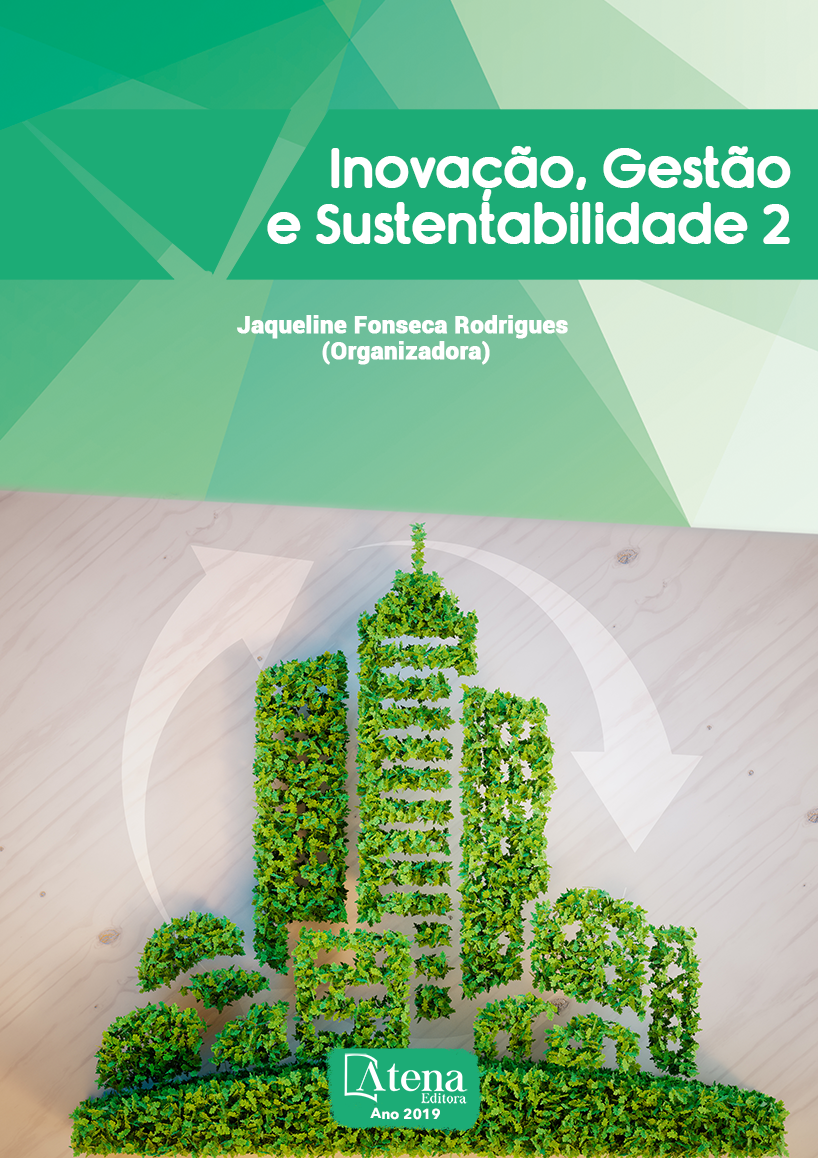
LEVANTAMENTO ANALÍTICO E QUANTITATIVO NA SEPARAÇÃO E IDENTIFICAÇÃO MANUAL DE PLÁSTICOS NO MUNICÍPIO DE INHUMAS GO
Esse trabalho teve como objetivo
geral auxiliar e orientar cidadãos comuns (
pequenos e microempresários e catadores
organizados em cooperativas do município de
Inhumas GO), por meio de atividades ligadas
a resíduos poliméricos urbanos (plásticos),
a separar e identificar manualmente esses
materiais por categorias, utilizando um
procedimento sistemático de identificação. O
trabalho foi desenvolvido no período de agosto
de 2016 à abril de 2017, sendo a coleta das
amostras em áreas comerciais (alimentação),
saúde), no município de Inhumas GO. Foram
coletadas manualmente 3 amostras semanais
(aleatoriamente), em diversos pontos da
cidade de resíduos plásticos Essa coleta
foi feita em sacos plásticos de 100 litros,
utilizando luvas e mascaras descartáveis para
evitar contaminação e infecção da pessoa
coletora. Durante as coletas, foi distribuídos
(panfletos educativos), sobre noções básicas
de diferenciação entre os tipos de plásticos ,
com maior incidência nos resíduos urbanos.
Após as coletas semanais, os diversos tipos
de plásticos foram identificados e separados.
Podê-se observar um aumento na quantidade
de amostras colhidas no período do mês de
dezembro em razão de um maior consumo de
alimentos. Concluiu-se que faltam informações
básicas para a população sobre a forma certa
de coleta, separação e identificação de plásticos
com maior incidência nos resíduos urbanos
utilizados para reciclagem.
LEVANTAMENTO ANALÍTICO E QUANTITATIVO NA SEPARAÇÃO E IDENTIFICAÇÃO MANUAL DE PLÁSTICOS NO MUNICÍPIO DE INHUMAS GO
-
DOI: 10.22533/at.ed.0541918064
-
Palavras-chave: reciclagem; resíduos; plásticos
-
Keywords: recycling; waste; plastics
-
Abstract:
This work had the general
objective of helping and guiding ordinary citizens
(small and microentrepreneurs and collectors
organized in cooperatives of the municipality of
Inhumas GO), through activities related to urban
polymer waste (plastics), to manually separate
and identify these materials by categories, using
a systematic identification procedure. The work
was carried out from August 2016 to April 2017,
with samples collected in commercial areas
(food, health) in the municipality of Inhumas
GO. Three weekly samples (randomly) were
collected manually at various points in the city of
plastic waste. This collection was done in plastic
bags of 100 liters, using gloves and disposable masks to avoid contamination and infection of the collector. During the collections, it
was distributed (educational pamphlets), about basic notions of differentiation between
types of plastics, with a greater incidence in urban waste. After the weekly collections,
the various types of plastics were identified and separated. An increase in the quantity
of samples collected during the month of December can be observed due to a higher
consumption of food. It was concluded that basic information for the population is
lacking on the right way of collecting, separating and identifying plastics with a higher
incidence in the urban waste used for recycling.
-
Número de páginas: 15
- João Baptista Chieppe Junior


